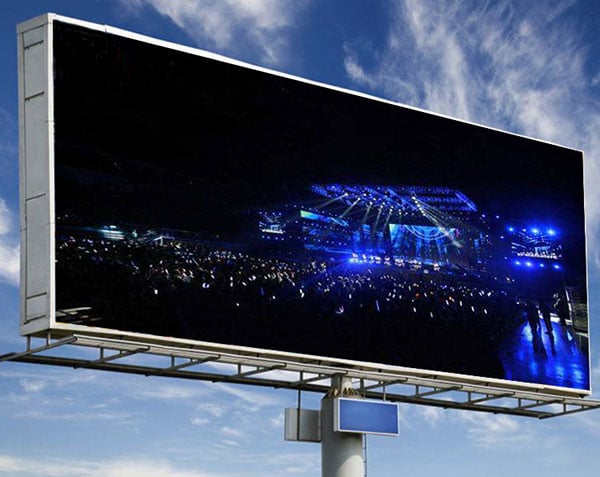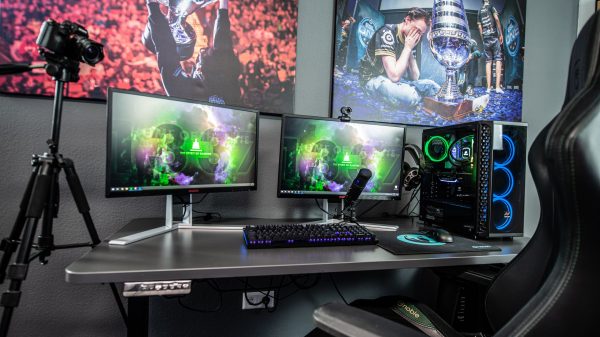In an era where digital convenience reigns supreme, live TV streaming has emerged as a powerful alternative to traditional cable and satellite services. Increasingly, consumers are choosing streaming solutions not just for entertainment, but for timely content such as breaking news and, most notably, live sports. With these platforms evolving quickly, two critical aspects have risen to prominence: seamless Digital Video Recording (DVR) capabilities and comprehensive sports coverage. These features are not just enhancing user experience—they’re reshaping how audiences engage with real-time content.
The Evolution of Live TV Streaming
Live TV streaming platforms such as YouTube TV, Hulu + Live TV, Sling TV, FuboTV, and DirecTV Stream have become cornerstones for cord-cutters. These services offer real-time access to a variety of channels without the need for a physical cable connection. Where early adopters of streaming had to compromise on live content, the latest platforms now feature full schedules, high-definition streaming, and customizable experiences—making them formidable contenders to traditional pay-TV systems.
Among the leading innovations in this space is the integration of robust DVR functionalities, giving viewers greater control over how and when they view content. This becomes especially vital in the realm of sports—where timing, replays, and pause/rewind capabilities are critical.
Understanding DVR in the Age of Streaming
Digital Video Recording has long been associated with set-top boxes and cable subscriptions. However, as streaming has advanced, so too have DVR offerings. Today’s top streaming platforms incorporate cloud-based DVR systems, which provide users with greater flexibility and accessibility, eliminating concerns about storage limitations and hardware setup.
- Unlimited Recording: Services like YouTube TV offer unlimited cloud DVR storage, allowing users to record entire seasons and store them for months at no extra cost.
- Accessibility: Cloud-based DVR systems allow users to access recorded content on different devices, from smartphones and tablets to smart TVs.
- Precision and Control: Most DVRs offer features like pause, rewind, and skip, even during live broadcasts—a game-changer for sporting events.
This enhanced functionality effectively shifts the viewer from a passive recipient of broadcast schedules to an active manager of their viewing experience.

Sports: The Driving Force of Live TV Streaming
Live sports have long been considered the final bastion of traditional cable, but even that stronghold is beginning to erode. With streaming services now acquiring rights to major sporting events—from the NFL and NBA to the English Premier League and Formula One—fans can enjoy their favorite competitions without a cable subscription.
FuboTV and ESPN+ are leading players in this category, offering expansive sports coverage and genre-specific channels. Meanwhile, Amazon Prime Video has begun streaming select NFL games, breaking new ground in platform exclusivity. The arrival of Apple TV+ and Peacock into the live sports market further diversifies offerings for fans of all types.
There are, however, nuances that consumers must be aware of when selecting services for sports coverage:
- Blackout Restrictions: Certain events may be regionally restricted, requiring VPN usage or alternative providers.
- Channel Availability: Not all platforms carry every sports network. Prospective users must verify access to critical channels such as ESPN, FOX Sports, NBC Sports, and local affiliates.
- Streaming Delays: Some services may experience a delay in live broadcasts compared to traditional cable—a critical consideration for fans seeking instant updates.
Maximizing DVR Use for Sports Enthusiasts
For avid sports followers, DVR isn’t just a convenience—it’s a necessity. Games often overlap, run late, or occur in inconvenient time zones. That’s where the power of advanced DVR features truly shines.
Here are a few strategies for leveraging DVR effectively:
- Pre-Schedule Recordings: Set up recordings based on team names or sport categories to ensure you never miss a match, even if the schedule changes.
- Utilize Highlights and Replays: Platforms like YouTube TV and FuboTV offer condensed game versions or highlight reels, allowing users to catch up quickly.
- Watch Delay-Free: Skip commercials or halftime shows and jump straight to the action with fast-forward functionalities.
This flexibility is particularly beneficial during tournament seasons or international events where multiple games occur concurrently.
Technical Requirements and Considerations
To ensure a smooth live TV streaming and DVR experience, users need a reliable high-speed internet connection. While SD or low HD content might function with baseline broadband speed, streaming in full HD or 4K—especially live sports—demands a stable and fast data pipeline.
Recommended internet speeds:
- 5 Mbps per stream for HD
- 25 Mbps or higher for 4K content
- Additional bandwidth for multiple simultaneous streams on diverse devices
Moreover, choosing the right hardware enhances the experience. Streaming devices such as Roku, Apple TV, Amazon Fire Stick, and smart TVs are necessary for accessing these platforms on the big screen. Mobile apps available through Android or iOS systems also provide on-the-go viewing, perfect for busy lifestyles or travel scenarios.

The Future of Live TV and DVR Integration
As networks expand their digital ecosystems, the line between traditional broadcasting and online streaming continues to blur. This evolution will almost certainly usher in a new wave of enhancements to DVR technology and sports presentation formats. Artificial intelligence may soon curate personalized replays; augmented reality overlays could offer live stats while watching; and improved compression algorithms will boost quality even on slower connections.
Meanwhile, more leagues and sports organizations are likely to offer direct-to-consumer subscriptions, bypassing the traditional broadcast middlemen altogether. These changes will add complexity to the viewer’s decision-making process regarding which services to subscribe to—but also offer more tailored and robust content experiences than ever before.
Conclusion
The rise of live TV streaming and modern DVR capabilities marks a watershed moment in media consumption. Especially for sports fans, these changes offer unprecedented control, flexibility, and diversity of content. While some growing pains remain—such as blackout rules and streaming delays—the benefits now clearly outweigh the drawbacks.
As streaming technology advances and competition among providers intensifies, consumers can look forward to even better features, broader sports access, and seamless cross-device integration. Whether you’re a die-hard football fan or a casual viewer trying to catch highlights on your lunch break, today’s live TV streaming services, paired with intelligent DVR functions, make it easier than ever to stay connected to the action—anytime, anywhere.


































